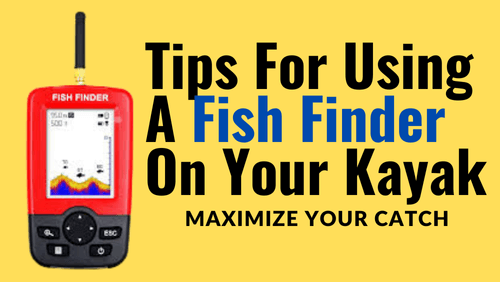I’m going to walk you through setting up and using a fish finder on your kayak in a way that enhances your fishing experience. This isn’t just about slapping a device onto your kayak; it’s about an installation that’s both thoughtful and efficient.
Choosing the Right Mount
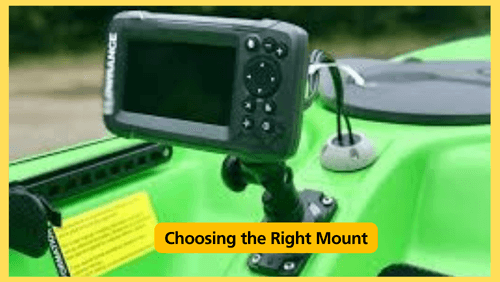
When it comes to mounting your fish finder, you’ve got options. But choose something that resonates with you and your style of fishing. There are suction cup mounts, gear track mounts, and even in-hull options.
Suction cups offer quick and easy setup, gear tracks provide flexibility, and in-hull installations are great for a cleaner look and less drag in the water. Each has its perks, but also consider the safety and accessibility on your kayak’s limited deck space.
Ensuring a Reliable Power Supply
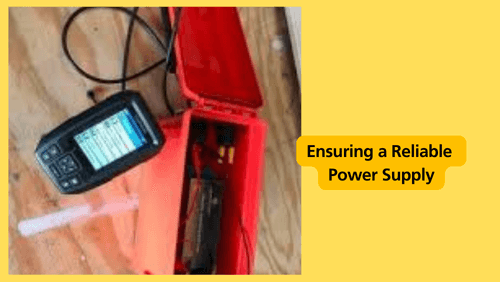
Next up, let’s talk about juice – the power supply. Kayak outings can be long and you don’t want your fish finder dying halfway. Battery packs specifically designed for kayaks are your best bet. They’re compact and often waterproof.
Portable chargers can also work, but ensure they’re secured and housed in a waterproof container. Manage your battery life by turning off unnecessary features and adjusting the screen brightness.
Ready for Action
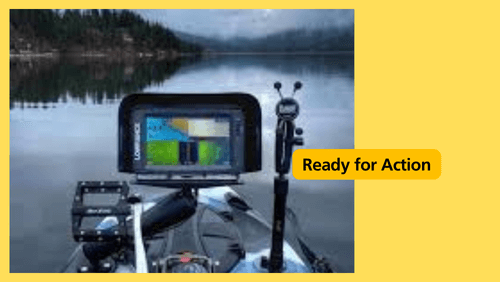
Now, with the lights on and your fish finder firmly in place, you’re all set. You can glide over the water with confidence, knowing that beneath you, the sonar technology is casting its net wide and deep, ready to relay the secrets of the depths back to your eager eyes.
Mastering the Digital Aquascape: Interpreting Your Fish Finder Display
Now that you’ve got your fish finder skillfully mounted and powered, it’s time to crack the code of the digital readouts you’re confronted with. A fish finder can feel like a window into the watery world below, but it does take some savvy to interpret what’s on screen.
Understanding Sonar Readings

Let’s start with the sonar readings. Your display is going to show you arches, lines, and blobs that represent fish, the bottom, and various structures. Recognizing these shapes for what they are is crucial. In my opinion, spend some time with your manual or tutorial videos and get familiar with the visuals.
Fish arches will usually appear when they pass through the sonar beam, with bigger ones potentially indicating larger fish. Meanwhile, a solid bottom with sharp detail suggests a rocky or hard bottom, while a fuzzier, softer image might indicate silt or mud.
Distinguishing Fish from Debris or Plants
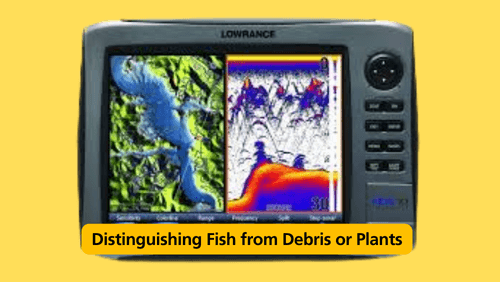
Sussing out fish from debris or plants can be tricky. Generally, fish will show up as well- defined arches or lines, whereas vegetation tends to appear more like clumps or spikes that reach up from the bottom. It’s important to pay attention to these distinct signatures.
Utilizing GPS and Chartplotting Capabilities
Don’t overlook the GPS and chartplotting capabilities of your modern fish finder. Marking waypoints can turn a good fishing day into a great one by allowing you to return to productive spots. These functionalities also enable you to map your route and document the locations where you’re most successful, building a personal database of hotspots.
Customizing and Using Preloaded Map
If you have access to preloaded maps, use them to your advantage. Customize maps during your time on the water by marking where you encounter fish or identify promising structures.
These digital breadcrumbs become part of your strategic toolkit, enhancing your understanding of the area with each outing.
Adjusting Display Settings for Optimal Viewing

Finally, consider the conditions when setting up your display. In bright daylight, you’ll want to crank up the brightness and contrast to see clearly.
Choose color palettes that stand out against the sunshine reflecting off the water. If you have a split-screen function, it can be a game-changer, allowing you to view different types of data side by side.
Keep It Simple and Effective
Remember, these tools are here to enhance your fishing, not to overcomplicate it. Start with the basics and as you get more comfortable, begin to experiment with additional features and settings. Before you know it, you’ll be making savvy, split-second decisions like a seasoned pro.
Strategic Angling: Advanced Fish Finder Techniques
When it comes to kayak fishing, a fish finder isn’t just a nifty gadget — it’s your underwater radar that keeps you ahead of the game. By mastering advanced techniques, you’re going to enhance your chances of reeling in a successful catch. Let’s dig into what really matters when you’re out on the water.
Pre-Trip Planning
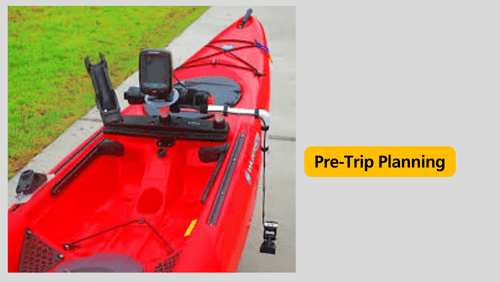
Pre-trip planning is not to be taken lightly. Start by researching potential fishing spots, including seasonal fish patterns and behaviors.
You’re going to find lake maps, weather forecasts, and fishing reports incredibly useful. Check out online forums or apps that are teeming with insights from fellow anglers. All this information will direct your fishing strategy for the day.
Interpreting Underwater Structures
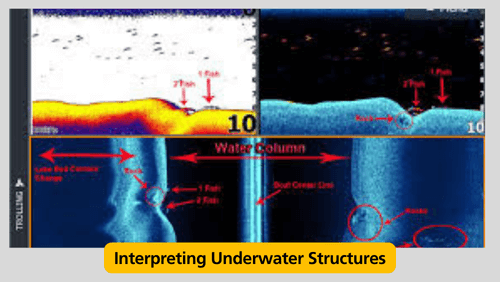
Once you’re out there, it’s all about interpreting what’s beneath your kayak. Your fish finder is your eyes below the surface, but you need to know where to look. For starters, focus on fish-holding structures.
These can be anything from downed trees to underwater ridges. Your fish finder helps you spot these havens where fish might be lurking.
Strategic Drifting and Trolling

Don’t underestimate the power of strategic drifting or trolling with your fish finder. By moving slowly, you can cover more ground and your sonar has a better chance of pinpointing fish.
If you locate a promising spot, don’t hesitate to mark it with a GPS waypoint for a return visit or closer investigation.
Refining Your Approach

Remember, your approach can always be refined. Pay attention to what works and adapt your tactics accordingly. This isn’t just about hoping to stumble upon fish;
it’s about creating opportunities to maximize your catch judging by the fish finder’s feedback. Keep experimenting, and over time, your kayak will become a fine-tuned fish-catching machine.
Upcoming: Troubleshooting Common Issues
As you employ these strategies, stay tuned for the next section, where I’ll dive into troubleshooting common issues with fish finders. After all, your equipment is only as effective as it is functional, and I’m here to help ensure every trip is hassle-free.
Conclusion: Cultivating Mastery with Your Kayak’s Fish Finder
You’ve now explored the rich waters of knowledge on integrating and utilizing a fish finder for your kayak fishing pursuits. With the guidance provided, you’re equipped to not only understand your fish finder’s display and adjust its settings but also to harness its full capabilities to maximize your catch.
Remember, incorporating new technology into your fishing routine isn’t just about immediate results. It’s about developing your skills, fine-tuning your approach, and ultimately, connecting more deeply with the sport you love. So choose something that resonates with you, whether it’s mastering sonar sensitivity or scouting the perfect fishing spot.
Embracing the Learning Curve
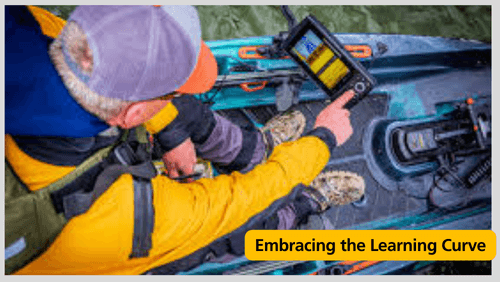
No adventure is perfect from the start, and you can always adjust your approach down the road. Your first attempt using these new strategies might not land you a record-breaking haul, but that’s okay. What’s important is the learning curve and the moments of joy you’ll experience along the way.
Real-World Applications and Community Insights

The real-world applications shared here, from pre-trip planning strategies to troubleshooting common issues, serve as stepping stones to your success.
Take inspiration from the success stories of those who’ve navigated these waters before you and don’t hesitate to contribute to the community with insights from your own experiences.
Enjoying the Journey
To reiterate, don’t worry too much about achieving perfection with your fish finder from the get-go. What matters is that you’re out there, refining your proficiency, and enjoying each moment. So keep casting your line, keep pressing those buttons, and let the fish find you.
I really hope that this guide has illuminated your path to become an astute kayak angler. Your feedback fuels this journey, so I’d love to hear your success stories or any hurdles you’ve faced. Together, let’s thrive in the ever-evolving world of kayak fishing.
